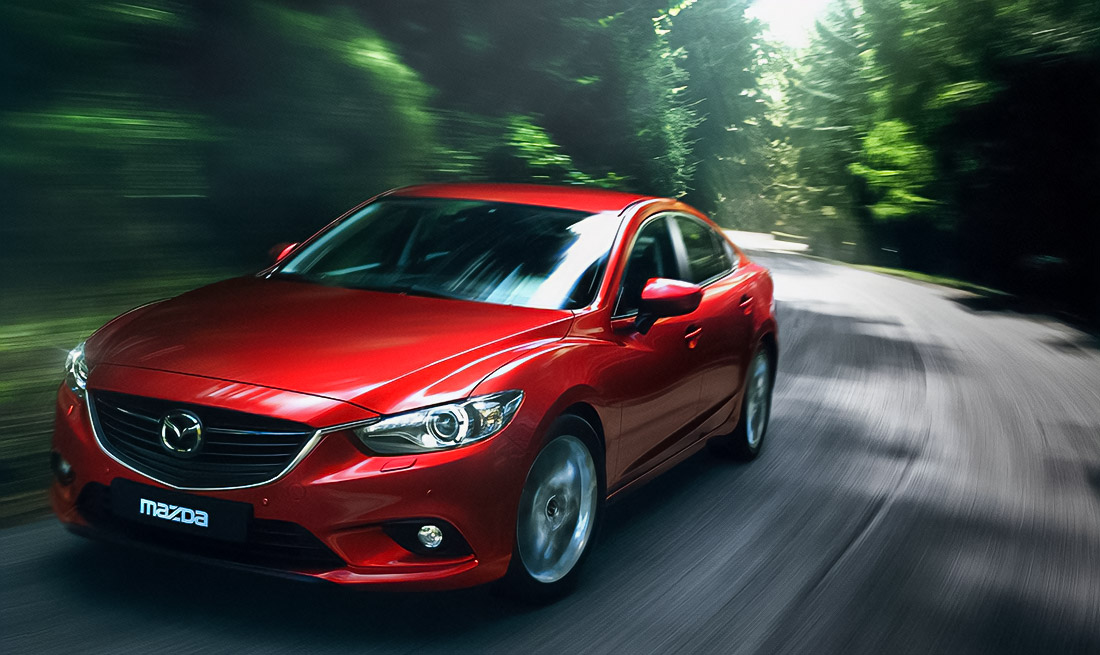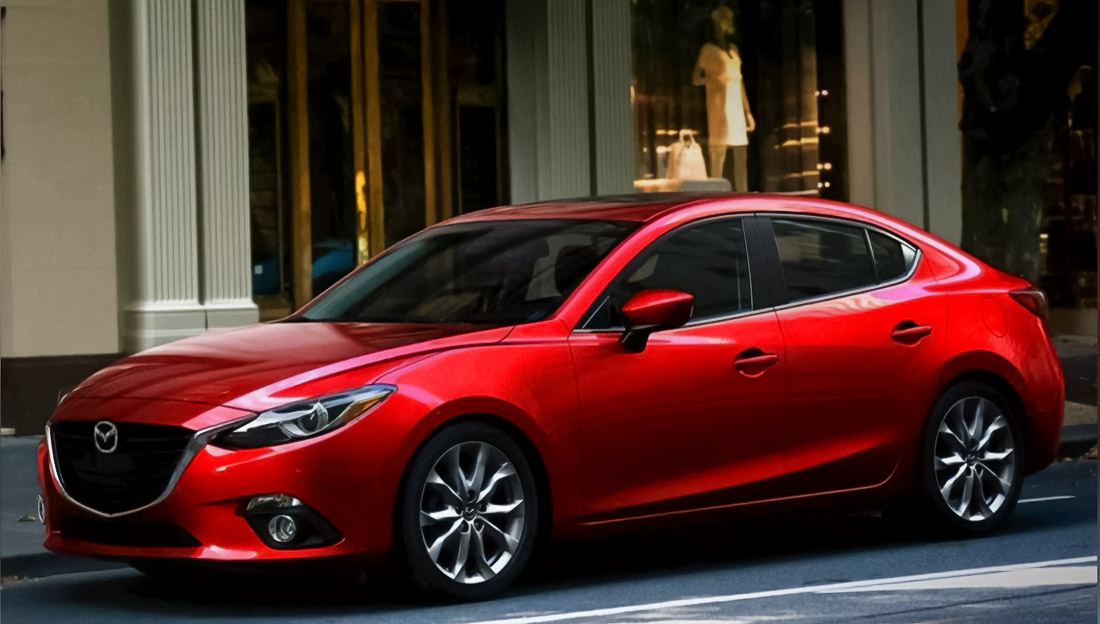
What Makes a Car Feel Alive: From Pure Mechanics to Smart Control Systems
Feeling connected to the road is not magic or advertising. This is the result of precise operation of the suspension, steering and tires. Some cars create such a seamless connection between driver and road, it’s as if they dissolve into the asphalt beneath them, just like the iconic MX-5. Others, such as modern crossovers like the Mazda CX-5, find a way to maintain response even with the weight and ground clearance of a family car. How? Everything is decided by the details.
Mazda has always prioritized intuitive steering.

Take the classic MX-5, for example. With rear-wheel drive, low weight, and a mechanical steering rack with minimal joints, it delivers an almost textbook-perfect steering feel. The camber, caster, and toe angles are precisely tuned to ensure immediate steering response with almost no lag. At the same time, the double wishbone front suspension provides accurate feedback, and the moderate tire size (typically 205/45R17) maintains sharpness without overwhelming the steering with excessive grip.
In the Mazda6, which is heavier and built for comfort, the philosophy is adapted rather than abandoned. It utilizes an electric power steering system (EPS), but the engineers have preserved the core suspension geometry, featuring front wheels with approximately -1.0° of negative camber, sufficient caster trail, and carefully tuned steering resistance. This setup allows the driver to feel the car settle into corners and respond to even subtle inputs. Steering effort isn’t artificially lightened, and when cornering, the steering wheel loads up naturally, delivering a dynamic, connected feel.
Then there’s the CX-5, where Mazda introduces G-Vectoring Control (GVC). This isn’t part of the suspension or steering system; it’s an engine management feature. GVC slightly reduces engine torque at the beginning of a turn, shifting more load onto the front wheels and enhancing grip. The result is the sensation that the steering wheel is helping you turn, especially noticeable on 17- or 19-inch wheels with high-profile tires. The effect is surprisingly similar to driving a smaller, stiffer car like the Mazda3: the front axle bites into the corner, and the response is smooth and natural.
Across all these models, Mazda never overlooks suspension geometry. Wheel alignment is carefully calibrated, toe angles, steering return characteristics, and camber are all optimized. Even in the higher-riding CX-5, stability and predictability are achieved through thoughtful use of caster and a precisely defined Ackermann steering profile.
What unites the MX-5, Mazda6, and CX-5?

A shared pursuit of steering feedback.
Whether it’s the pure mechanical feel of the MX-5, the composed precision of the Mazda6, or the subtle assistance of G-Vectoring Control in the CX-5, the aim is always the same: to remove the conscious effort from driving. You don’t have to think about how to drive, you just drive. You feel the road through your hands, your back, and the motion of the car itself.
Mazda doesn’t use electronics to mask mechanical shortcomings. It uses them to enhance what’s already working. That’s why the MX-5 feels alive, the Mazda6 feels mature but honest, and the CX-5 proves that a crossover can still be driven with joy.
